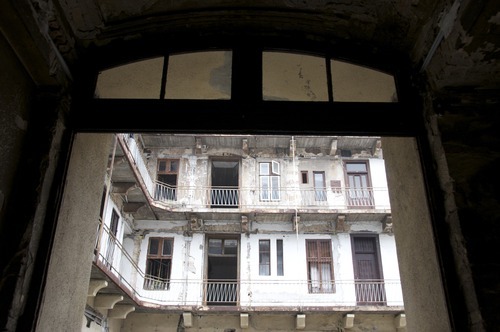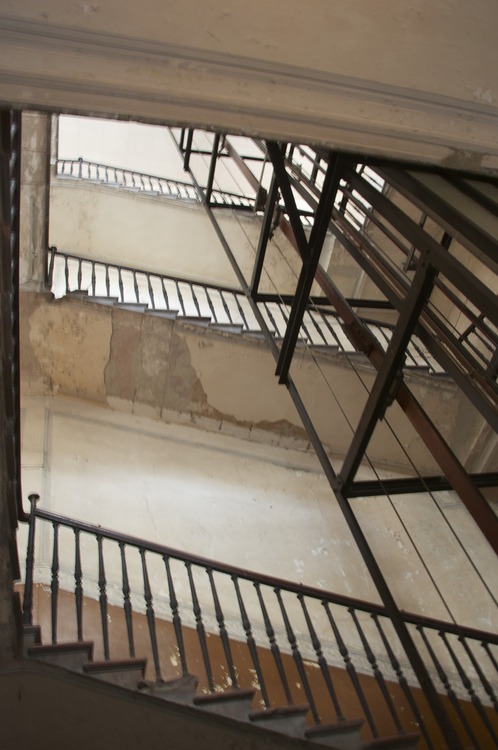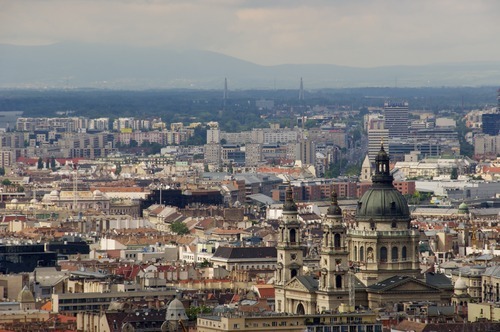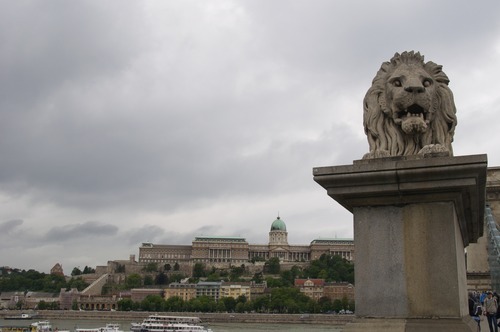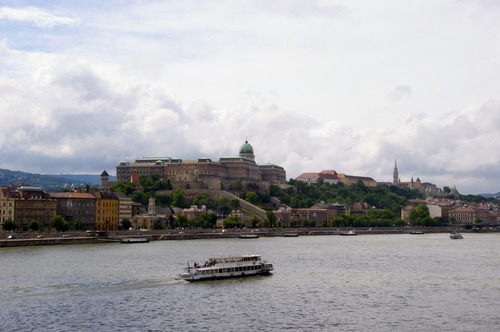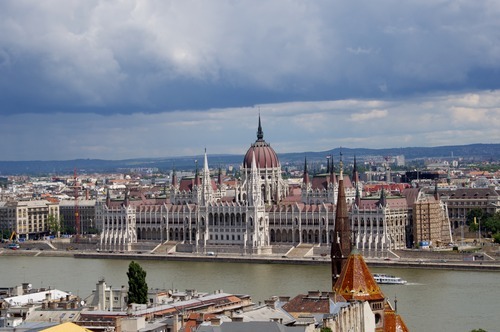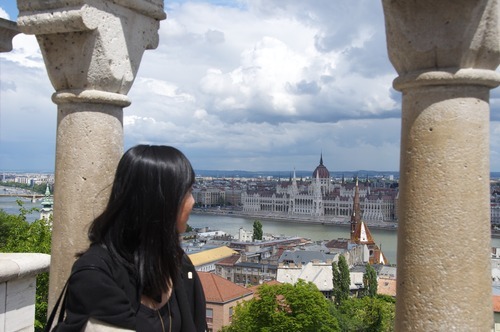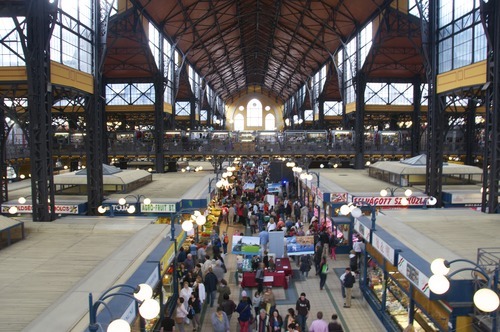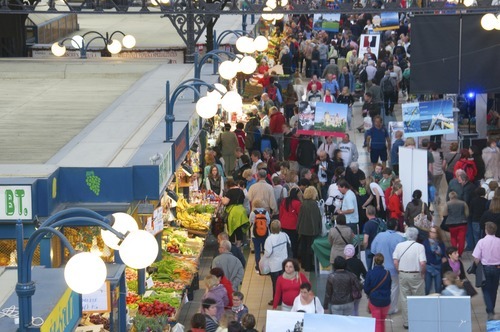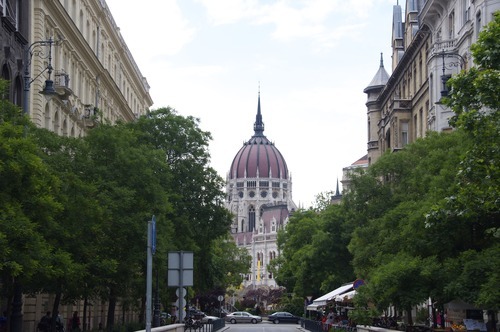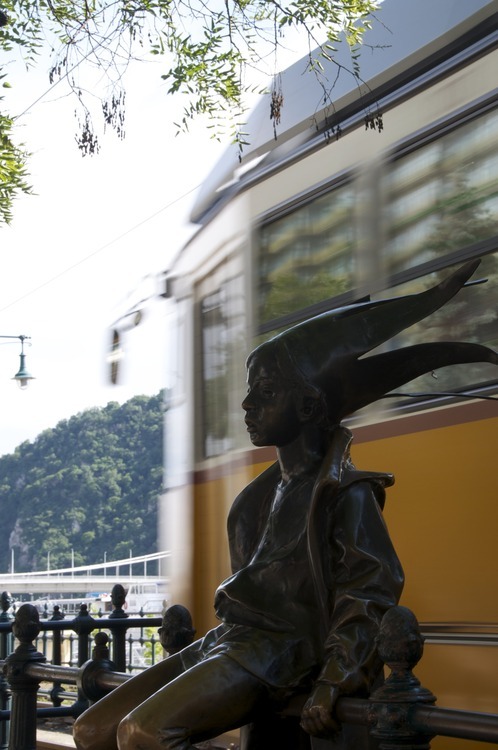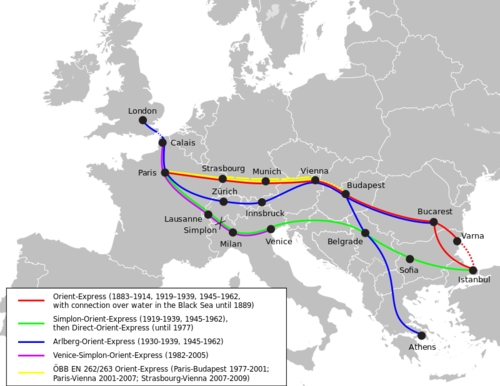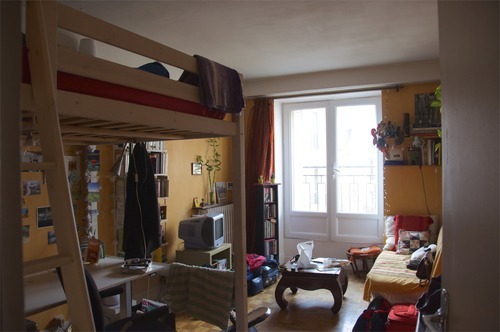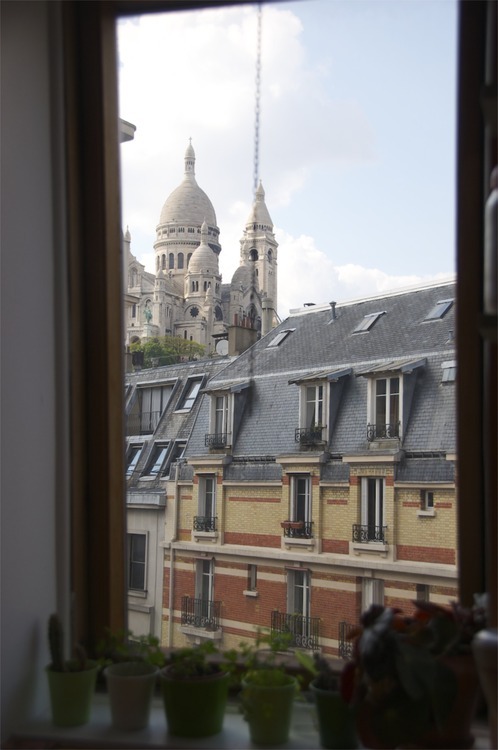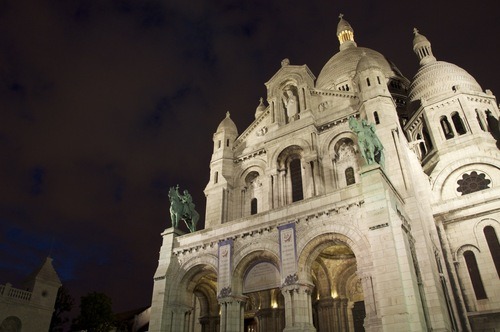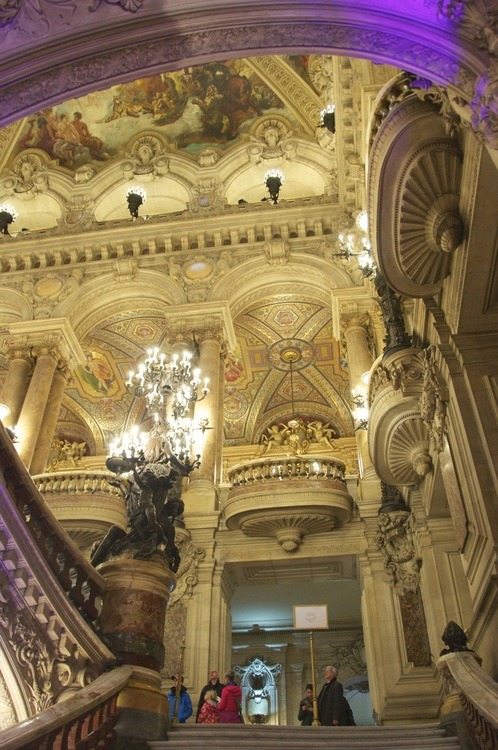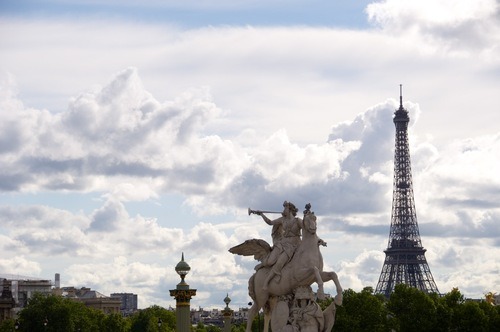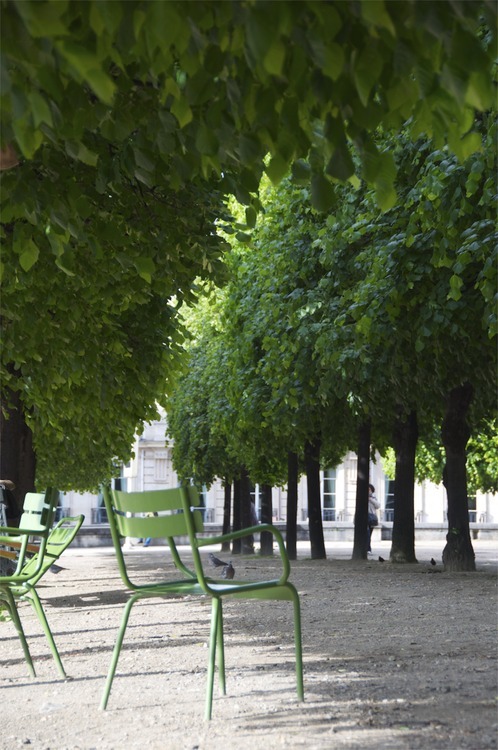The original plan was to head to Bucharest from Budapest, but after hearing a lot of negative feedback about the Romanian capital, we decided to stop instead in the Transylvanian region of Romania, and the city of Brasov became our base for the region.
It all started with that long train ride overnight, chugging away gently into the Carpathian Mountains. The landscape looked more and more agrarian. Peasants worked in the field with their hands and simple tools. Everything looked like a scene from a bygone decade where life was hard but simple.
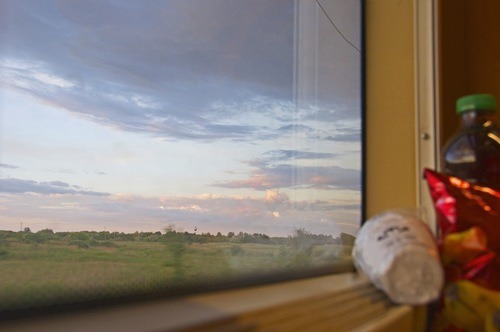

Old Town Brasov, like every other European city, centres around a square. The architecture was mildly Germanic, due to the strong Saxon influence in the area.
Venture out of the old town a little and it immediately starts to look industrial and post-communist. At times when I’ve walked past a particularly hideous set of apartment blocks, I could’ve sworn I had been there before - back in the China of the 1990s. Communism has a unique talent for producing the same grotesquely sombre architecture all over the world.
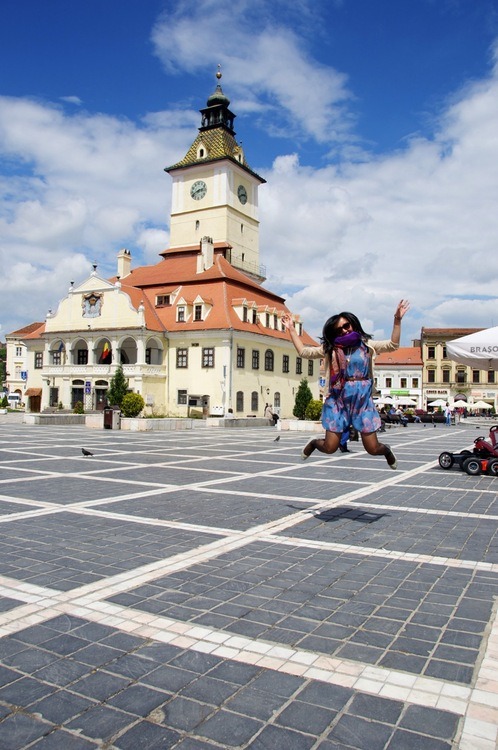
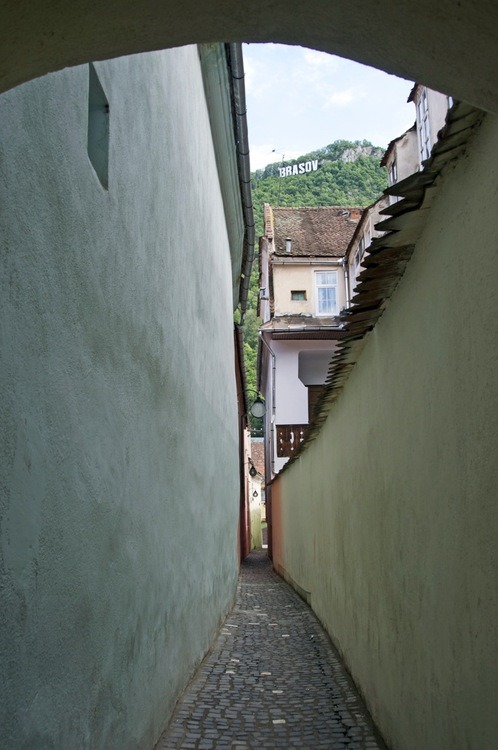
Rope Street, famous for being the “narrowest street in Eastern Europe”. Of what significance this is no one really knows. But it does have a nice ring to it.

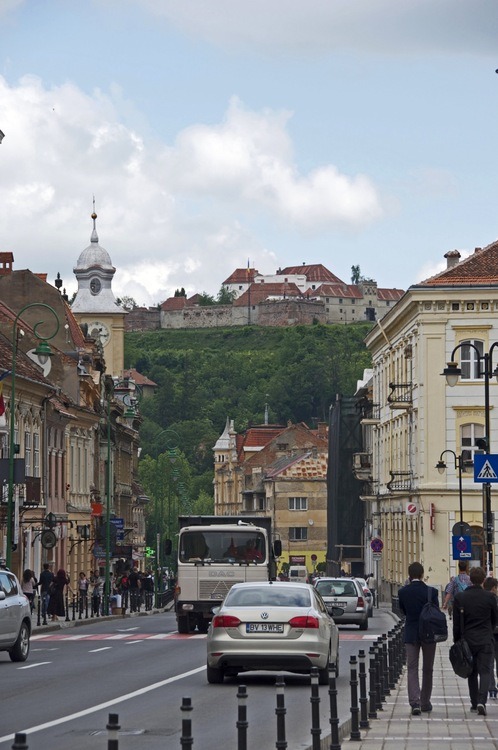

Our gorgeous apartment, right at the foot of Mt Tampa and the famous BRASOV sign.
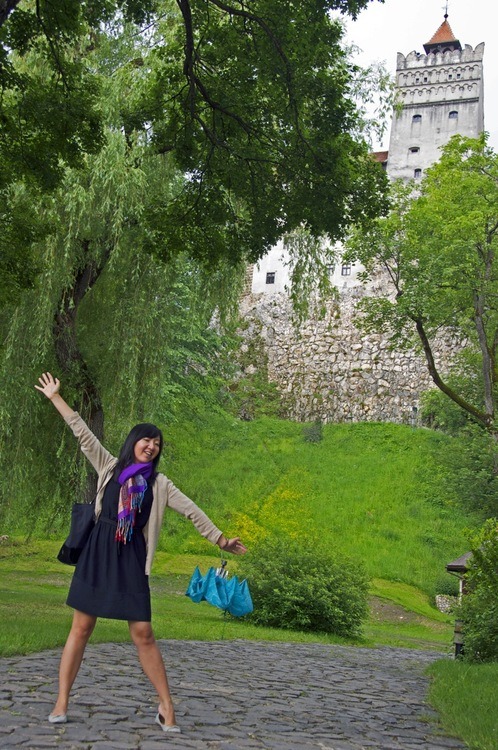
The Bran Castle behind me, remotely associated with Vlad the Impaler, also known as the real life Dracula. But in fact, the castle curated some more interesting stories about the former Romanian royal family than our old friend Vlad.
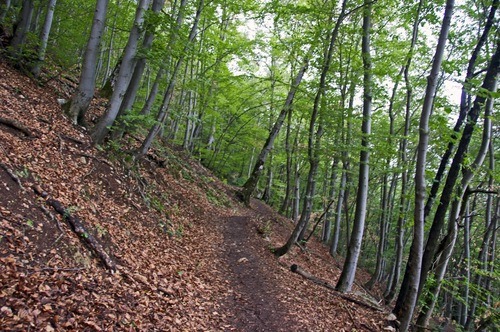
On our third day in town, we decided to hike up Mount Tampa, the mountain just behind the Brasov Old Town. The mountains near Brasov are famous for being bear-infested, and it’s not a rare occurrence for tourists to come across bears, so I was a little alarmed as we were hiking.
But in the end, the only wild life we saw were some deers. The woods blocked out all the sounds of traffic from below. Bird twittered. The damp ground smelled like rain and moss. The sun eventually peeked through the dense forrest, and we were loving the dose of nature after a week of city hopping.
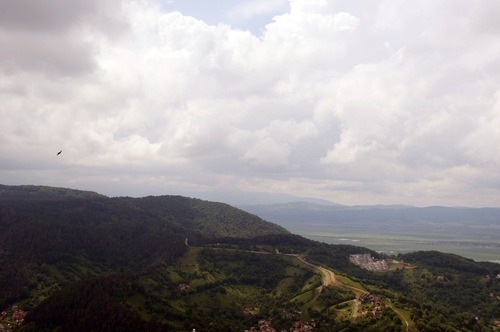
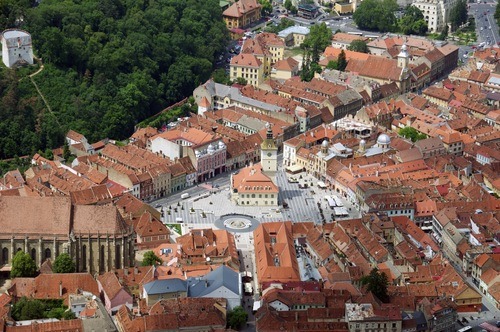
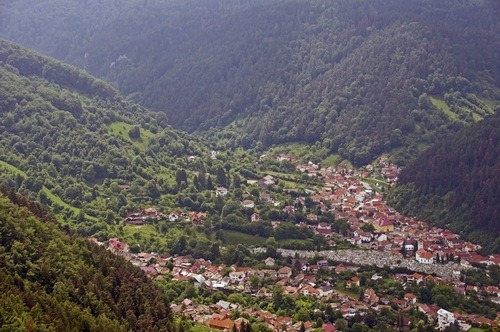

Compared to Paris and Budapest, Brasov was somewhat off the beaten track. The tourist infrastructure was poor, even though Brasov was considered to be a tourist town. As obvious foreigners, we had to fend for ourselves a lot more, hire drivers, watch out for scams, and know when to trust our own instincts.
But Brasov was also where we lived it up, dining out at the best restaurants in town, drinking copious amounts of vino blanco, hiking and cycling deep into the countryside where little old ladies with square scarfs around their heads stared as if they’ve never seen an Asian person before.
The more savvy English speakers we met listened to our tales of gallivanting across the countryside and hiking in bear infested mountains like we were crazies. In Brasov, we felt bold and active and onto something special.
And indeed we were.
xx doots

